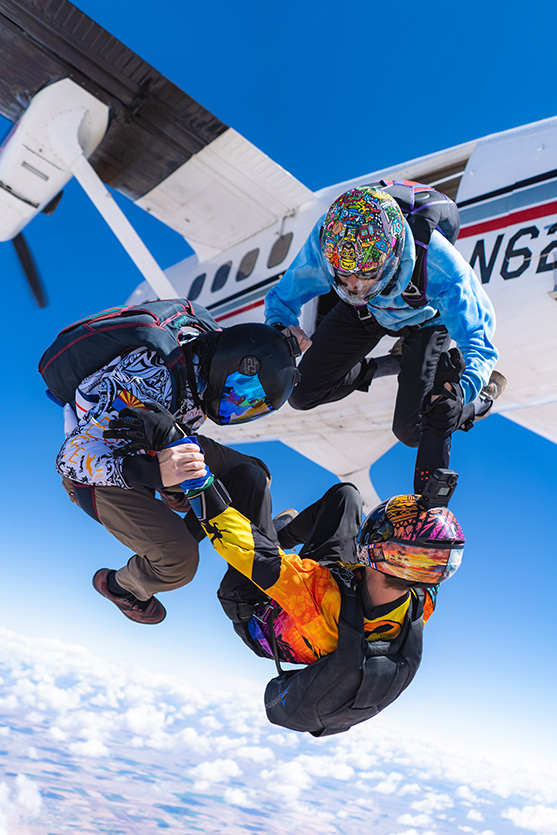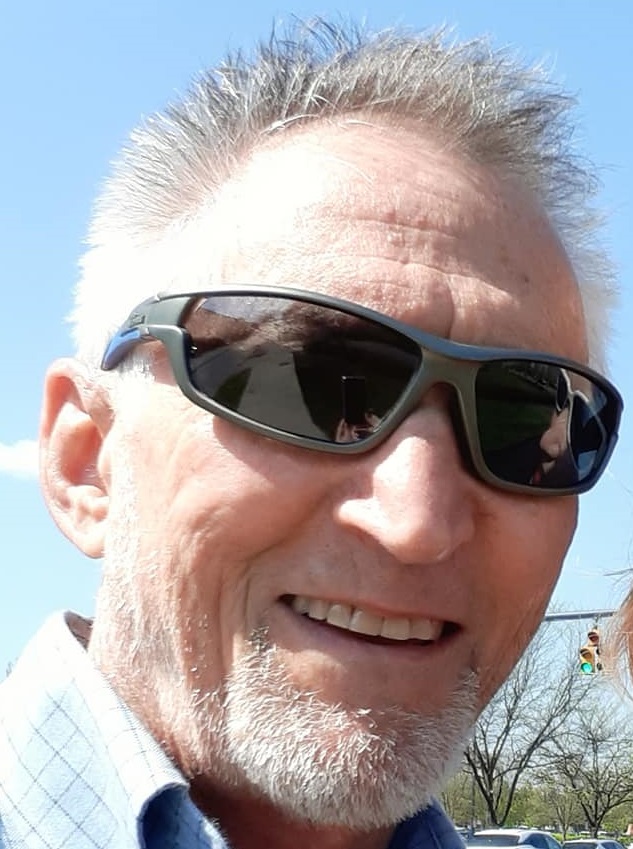Five Stages of Team Development
Above: Photo by Juan Mayer.
To quote world-champion skydiver Dan Brodsky-Chenfeld, “A team is whatever you want it to be.” And while you don’t need to be a world-class athlete or to devote your entire life to it, being a part of a team means that you and your teammates share a common goal. A group of former classmates working together to plan a high school reunion could be considered a team. So could a group of software developers collaborating on a new program. Or something more familiar—a group of skydivers jumping together for a weekend.
In 1965, educational psychologist Bruce Tuckman published what he considered the four stages of team building: forming, storming, norming and performing. In 1977, Tuckman and doctoral student Mary Ann Jensen added a fifth stage called adjourning to make the “five stages of team development.”
According to teamwork.com, these stages can best be described as:
• Forming: Getting projects started
• Storming: It’s inevitable; there’s going to be conflict.
• Norming: Finding the rhythm
• Performing: High performance is the name of the game.
• Adjourning: Success! You made it.
However, team development is not always a linear process. According to the Massachusetts Institute of Technology’s human resources website, Tuckman’s stages “… are a helpful framework for recognizing a team’s behavioral patterns; they are most useful as a basis for team conversation, rather than boxing the team into a ‘diagnosis.’” In other words, a team can go back and forth among the five stages, refining and redefining goals, techniques and strategies before ultimately adjourning. It’s not a one-size-fits-all approach. What works for one team might not be appropriate for another one, and that is especially true when applying these steps to building a skydiving team.
Forming
A skydiving team is formed whenever a group of skydivers decides to jump together on a regular or intermittent basis to improve their skills and possibly compete against other teams. It’s exciting, planning trips to the wind tunnel and learning fancy new skills that they’ll get to practice in the air and show off at the meets. That’s why this can be called the “honeymoon stage.” At the same time, in the backs of their minds they might be doubtful about what the team can actually achieve. But their excitement overrides those doubts at this point, and that’s OK. It’s good to be enthusiastic.
 Photo by David Cherry.
Photo by David Cherry.Storming
The initial euphoria has worn off. Everyone starts to think about scheduling training days, participating in meets and possibly going to Nationals. This is also where everybody shares their personal goals and hears their teammates’ goals. Conflict is likely at this stage because one person’s goals might not align with the goals of their teammates. Say one person can train only a couple days a month but the rest of the team wants to train two full weekends a month. How do they resolve this? Do they look for another teammate or does the team reach a compromise and agree to train one weekend and one day each month? And what about tunnel practice or hiring a coach? Is it in everybody’s budget? What about video? And then there’s a team name to decide upon.
Lots of decisions need to be made and lots of negotiating and compromising are involved. Conflicts and personality disputes need to be resolved and a team captain selected. This stage is a difficult one and can determine whether the team stays together. This is also the learning-how-to-get-along stage.
Norming
By this stage, team members should be jumping and well on their way to knowing each other. The team captain should facilitate team meetings and point out what each person is doing well before critiquing performances. Everybody should get a chance to speak with their first comment being a positive one. Nobody should openly criticize another teammate. If they have a criticism, it should be framed respectfully. Something like “Sarah, I noticed that you were reaching for my grips. I know we were all a little excited, but try to remember what the coach said about flying neutral between points. I really like flying in the center with you.”
Performing
This stage is a continuation of the previous one, but on a more granular level. The team has started to develop a rhythm, not only in their performance in the air, but in their routines on the ground. For instance, everybody knows that one teammate will get them manifested and the others know to be ready to dirt dive a set number of minutes before the call. Repetition is crucial at this stage so that the team can adequately assess its performance and make the necessary corrections. This stage continues for the rest of the season, with competitions showing how well the team can perform under pressure. Again, conflicts can arise but by this time everybody should know how to manage them. At the end of this stage, the team should also have a good idea as to whether they want to continue for another season.
Adjourning
This stage can be one of mixed emotions. It depends on the team’s progress and how well everybody has gotten along during the season. Everybody might still be charged up about their solid performance at the last meet. Or they might be disappointed that the season didn’t turn like they had planned. Some team members might be sad to see their time together coming to an end, while others might be relieved that the season is over.
But no matter what they are feeling, everybody should be courteous enough to take the time to thank each other for doing their best. A team dinner is a good opportunity to do this. Hugs, a couple of beers and maybe even a few tears are in order. Hopefully, they’ve made some good memories that can be shared with grandkids someday. But no matter how the season went, they stuck together through it all. The team deserves a nice send-off. After all, how many people on this planet can say they have jumped on a skydiving team?
 About the Author
About the Author
Ed Lightle, D-5966, is a long-time formation skydiver with more than 4,300 jumps. He has written several articles on formation skydiving for Parachutist.